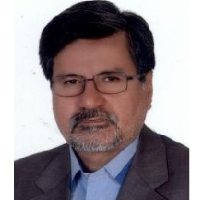Method of improving the outdoor design of the power plant based on the thermal comfort index of physiologically equivalent temperature
Power plants are one of the most important sources of heat islands. Increasing energy consumption, change of thermal factors and creation of microclimates, affect the conditions of people's presence in open spaces and the use of these spaces greatly depends on a person's thermal perception of the environment. Therefore, the importance that is felt in establishing comfort in open spaces of industrial and power plant environments, is for a longer and better quality presence of employees in this category of spaces. The study of the thermal performance of open spaces in different applications has been evaluated in relation to their micro-climatic behavior, but such a study is not available with the aim of correct and principled design of outdoor power plants. Therefore, the present study has tried to study and recognize the structural features of the outdoor space of Neishabour Combined Cycle Power Plant, using ENVI-met 4 software to simulate and measure the microclimate conditions of the plant and changes in climatic parameters including air temperature, Evaluate relative humidity, wind speed, average radiant temperature and PET climate index on the hottest (July 23) and coldest days (January 20). The results show that the thermal conditions of the power plant are out of the range of thermal comfort in summer and winter and during office hours; Based on the proposed designs, it was found that by reducing the density of vegetation in the direction of the prevailing wind, the humidity in the center of the site can be increased and by planting deciduous trees and with a cross pattern in the direction of cold winter winds, comfort conditions Increase in the center of the site and the busy route of employees.
-
Threads of Culture (Role of Silk Road in Intercultural Exchanges)
Sepideh Khezri *,
Tourism of Culture Journal, -
Analyzing the Relationship between Tourism and Social/Cultural Activities During the New Year Celebration (Nowruz)(Case Study: Iran Mall Project, Tehran)
, Parmis Baramaleki *, Sara Javaherian Rad, Lida Yosefi
Tourism of Culture Journal,



